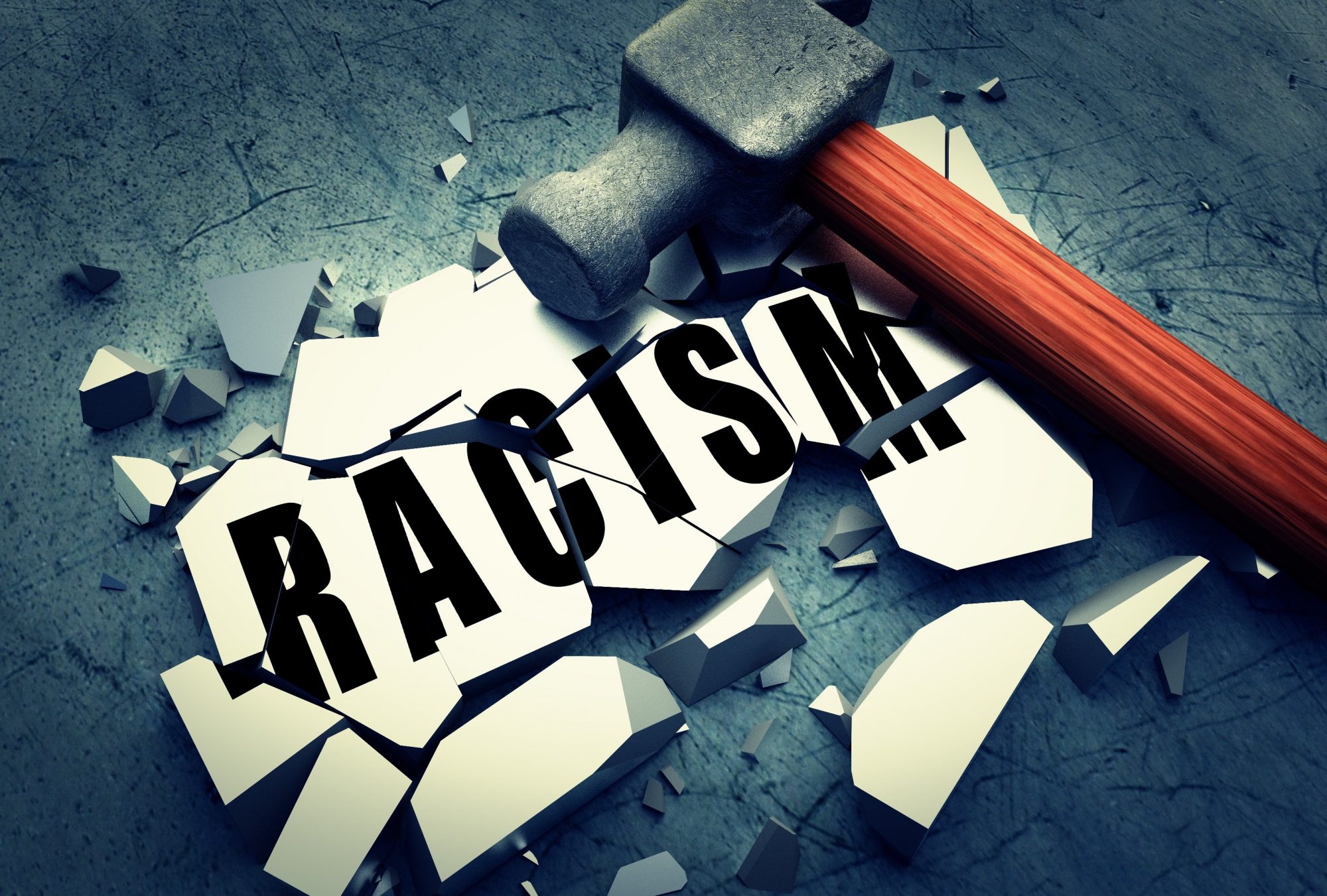White fragility is a term coined by Robin DiAngelo in her book, White Fragility, and refers to the displays of defensiveness and general lack of comfort shown by white people in regards to discussions of race and racism. The reading discussed a survey of white people, of which 55% felt they had been discriminated against in recent times. It furthermore addressed white privilege and how it is often difficult for white people to admit that they have an inherent and systemic privilege. Lastly, we addressed the idea of white coddling and “white woman tears.” DiAngelo claims that crying is a popular defense mechanism for many white females because it takes attention off of offending actions, and places focus upon consoling.
In our presentation, a major focus question was: who has the right? By this we mean, when it comes to speaking up about racial injustice, especially if the group being discriminated against is not the one that the author identifies with, does the author have a right to speak up about it. We talked about power dynamics, mentioning that it depends on the situation. It was mentioned that in some instances, DiAngelo should not step up because it creates a culture that implies that people of color can not speak up for themselves and need a white person to speak for them. Another argument was that in some instances, it would be appropriate, such as dialogue between two white people, where DiAngelo can and should speak up to combat discriminatory language and actions.
We also viewed white fragility in the lense of whites being “afraid to be racist.” We observed this through a recent event where a white man in Charlottesville, VA sued a newspaper for writing about his family’s slave-owning past in response to him fighting the removal of a confederate statue. DiAngelo argued that white people feel that the word “racist” is an attack to their moral character. Therefore, whenever the word is used, an automatic defensive stance is taken. We discussed how defensiveness is often a key indicator of white fragility.
We connected DiAngelo’s argument on white woman’s tears to a recent pop culture example. Kendall Jenner’s relatively recent Pepsi ad was particularly controversial because it depicted a police standoff between white cops and a crowd filled with people from underrepresented groups, that was resolved by Jenner handing a Pepsi to a nearby white cop. The video received negative backlash because people felt it trivialized the issue of police brutality and felt Jenner should have known better. Jenner responded by filming a video of her crying in response to the backlash. This event connects to the reading because as DiAngelo argues, crying is often a defense mechanism for white women to distract from the racial insensitivity they have committed. Jenner’s video response placed herself in a victim position, which we found just gives her an excuse to not directly and fully admit that she did anything wrong. This response also feeds into Eduardo Bonilla-Silva’s colorblindness. If Jenner does not apologize for the ad, then she doesn’t need to acknowledge that she is privileged. We agreed that this was a terrible response to the advertisement, and a better response would be to recognize that she has a systemic and inherent privilege and to attempt to place a check on that privilege and empathize.
I was left thinking deeply about how this book would change or be perceived if DiAngelo was a woman of color. We talked a bit about this during the discussion, but given how deeply DiAngelo delves into what can be considered “white culture,” could this be done by a woman of color? Would it be as well-received? Does DiAngelo being white, result in a message that better resonates with white people? Lastly, who is this book written for? I was also left thinking about the implications of white solidarity and the sociology of dominance in the workforce since many of the offices DiAngelo was speaking at were predominately white spaces. How can people of color effectively navigate these spaces?
